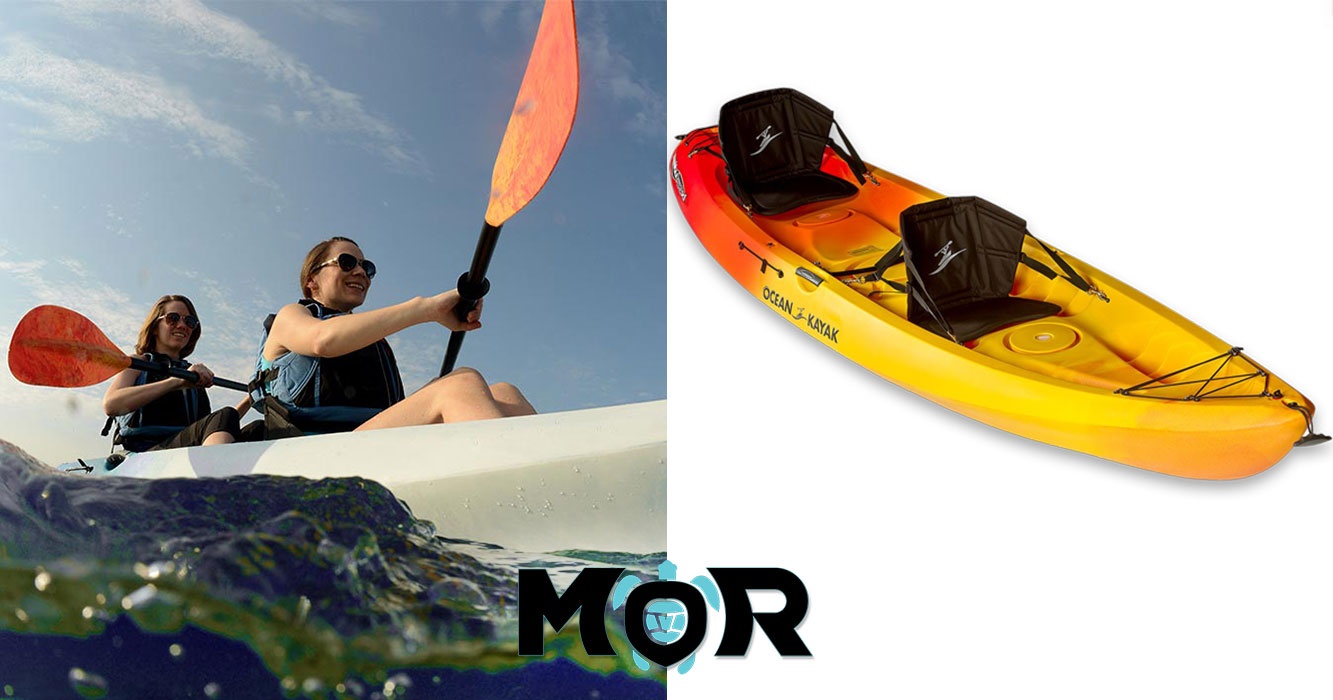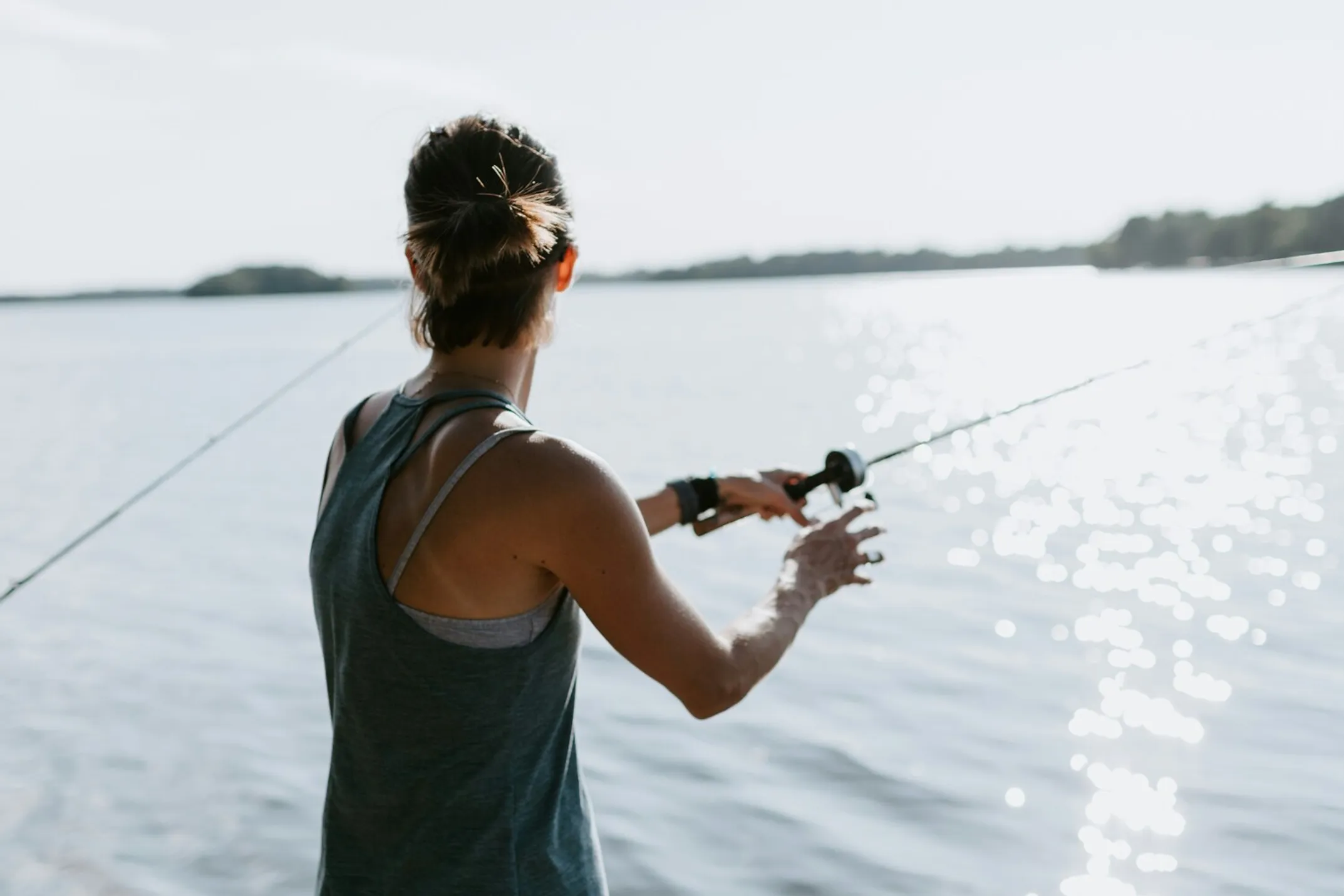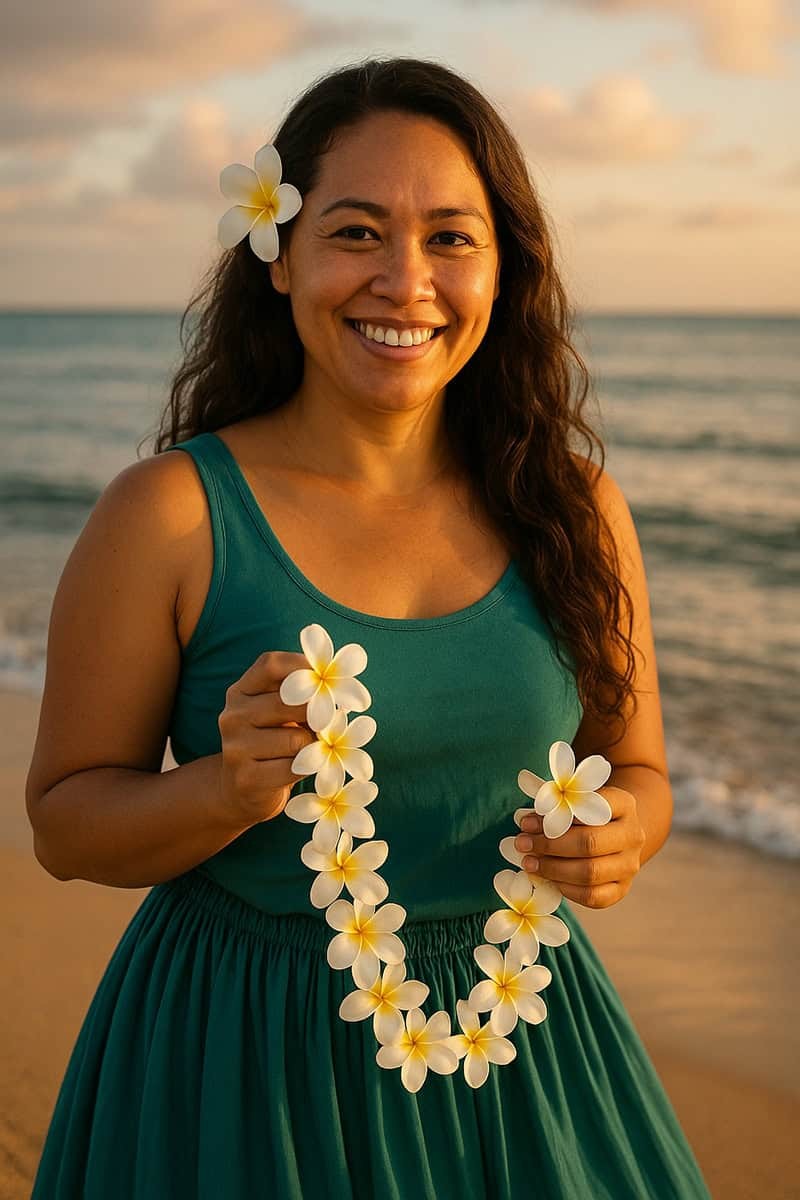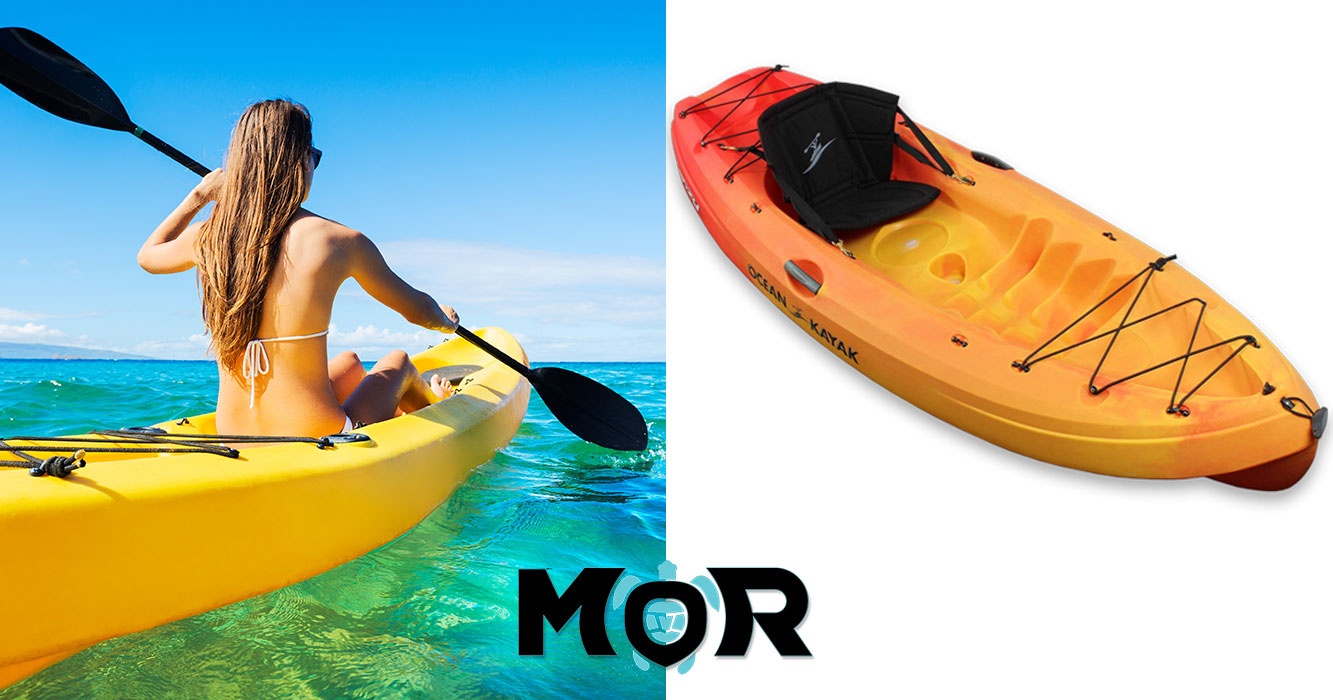

The Heartbeat of the Ocean
Fishing in Hawaiian Culture & Sacred Traditions

Written by a Local Expert
Leilani AkoBefore we even think about baiting a hook or casting a line, it's essential to understand that fishing in Hawaiʻi is far more than a recreational pastime. For centuries, it has been a cornerstone of survival, culture, and spiritual practice. To truly appreciate fishing in Oahu, one must connect with the deep reverence Hawaiians have always held for the ocean and its bounty.
This understanding not only enriches the experience but also fosters a sense of responsibility that is crucial for preserving these traditions and resources for generations to come. Many visitors and even some locals might see fishing primarily as a sport or a commercial activity, but its roots here run much deeper, into the very identity of the Hawaiian people.
The Sacred Bond: Pono Fishing and Mālama ʻĀina
At the heart of traditional Hawaiian fishing is the concept of pono. Pono translates to righteousness, properness, or ethical behavior, and in the context of fishing, it means to fish in a way that honors and sustains the natural resources. It's about taking only what you need for yourself and your family, not fishing for your freezer or for bragging rights, and always showing respect for the life you take and the environment that provides it.
This philosophy is intrinsically linked to mālama ʻāina – to care for and nurture the land and sea that feeds and sustains us.
These aren't just ancient ideals. They are principles that Hawaiʻi's Division of Aquatic Resources (DAR) and community groups actively promote today. There's a growing awareness of the need for sustainable local food sources, and promoting pono fishing practices is seen as vital for both current needs and the health of future generations.
It's a powerful counter-narrative to the often-seen social media glorification of landing the biggest or most numerous fish. Instead, the focus is on sustainability, sharing, and ensuring that our marine ecosystems thrive. This approach includes diversifying your catch rather than targeting a single species, selecting gear that minimizes bycatch and habitat damage (like barbless hooks or larger net mesh sizes), and sharing your catch, especially with kūpuna (elders) in the community.
Take What's Needed
Fish for your dinner plate, not to fill a freezer. Harvest with purpose and respect the ocean's gifts.
Diversify Your Catch
Don't pressure one species heavily. Appreciate the ocean's variety and keep what's most abundant in the waters.
Share Your Knowledge
Share the bounty and pass on sustainable practices to the next generation of anglers.
Echoes of the Ancients: Traditional Hawaiian Fishing Methods
The ingenuity of ancient Hawaiian fishermen, or lawaiʻa, was remarkable. Long before modern rods and reels, they developed sophisticated tools and techniques. Fishing lines were braided from the fibers of the olonā plant, creating cordage renowned for its incredible strength. Hooks, or makau, were meticulously carved from materials like bone (human and animal), turtle shell, whale ivory, and wood.
Beyond hook and line, ancient Hawaiians excelled in spearfishing, net casting using various types of nets for different purposes, and constructing ingenious fish traps. Perhaps the most impressive feat of traditional resource management was the creation of loko iʻa, or fishponds. These marvels of aquaculture, often built along the shoreline or enclosing natural estuaries, allowed Hawaiians to cultivate and manage fish stocks sustainably, ensuring a consistent food supply.
Some of these ancient fishponds can still be seen today, a testament to a profound understanding of ecology and engineering.
🌺 Hawaiian Terms
- Pono:
Righteous, ethical fishing practices
- Mālama ʻāina:
Care for the land and sea
- Lawaiʻa:
Traditional Hawaiian fishermen
- Makau:
Traditional fishing hooks
- Loko iʻa:
Traditional fishponds
🎣 Ancient Tools
- Olonā fiber lines
- Bone & shell hooks
- Kapa (bark cloth) nets
- Spears & traps
- Outrigger canoes
📖 Fishing Guide
🙏 Cultural Respect
Honor the traditions and ask permission when fishing near sacred sites or local communities.
Learn MoreThe Ahupuaʻa System: Mauka to Makai
The traditional Hawaiian system of land division, the ahupuaʻa, is a brilliant example of integrated resource management. An ahupuaʻa typically extended from the uplands, or mauka (towards the mountain), down through the plains, to the coast and out into the ocean, or makai (towards the sea). This system ensured that each community had access to a diverse range of resources necessary for survival.
The relationship between mauka and makai was fundamental. The health of the upland forests and the purity of the freshwater streams, known as wai (which was considered sacred and the word for wealth, waiwai, reflects this), directly impacted the abundance of life in the coastal fishing grounds, or kahakai. Streams carried nutrients to the sea, supported the growth of plants used for making fishing gear and canoes, and created the brackish water environments ideal for loko iʻa and certain marine species.
Mauka (Mountain)
Forests provided materials for canoes, nets, and lines. Healthy watersheds ensure clean water flows to the sea.
Wao (Streams)
Freshwater streams carry nutrients to the ocean and create brackish environments for certain fish species.
Makai (Ocean)
Coral reefs, fishing grounds, and coastal resources sustained by the health of the entire system.
This intricate understanding of the interconnectedness of ecosystems was centuries ahead of its time and demonstrates a deep ecological wisdom. The kapu system, which imposed seasonal restrictions on fishing and harvesting, further helped prevent overexploitation and maintain balance.
"ʻAi pohaku ka ʻai, ai kai ka ʻai"
Food from the upland rocks, food from the sea.
This saying reflects the Hawaiian understanding that sustenance comes from managing resources across the entire ahupuaʻa, from mountain to sea.

